Germany. Ten hot-dip galvanized steel containers are lined up just behind the open entrance gate to the grounds of the Haidemühl glassworks. Some of them are open. Touching them to close them is probably not something anyone wants to do. They are filled to the brim with black gunk. I can make out individual containers held to the surface by a thick black crust. They are plastic bottles and aluminum canisters. On one I recognize some writing on a yellowed label. "Flammable" is written on it. On the canister is a small yellow leaf from a birch tree. Next to it are some birch seeds stuck in the black slime.
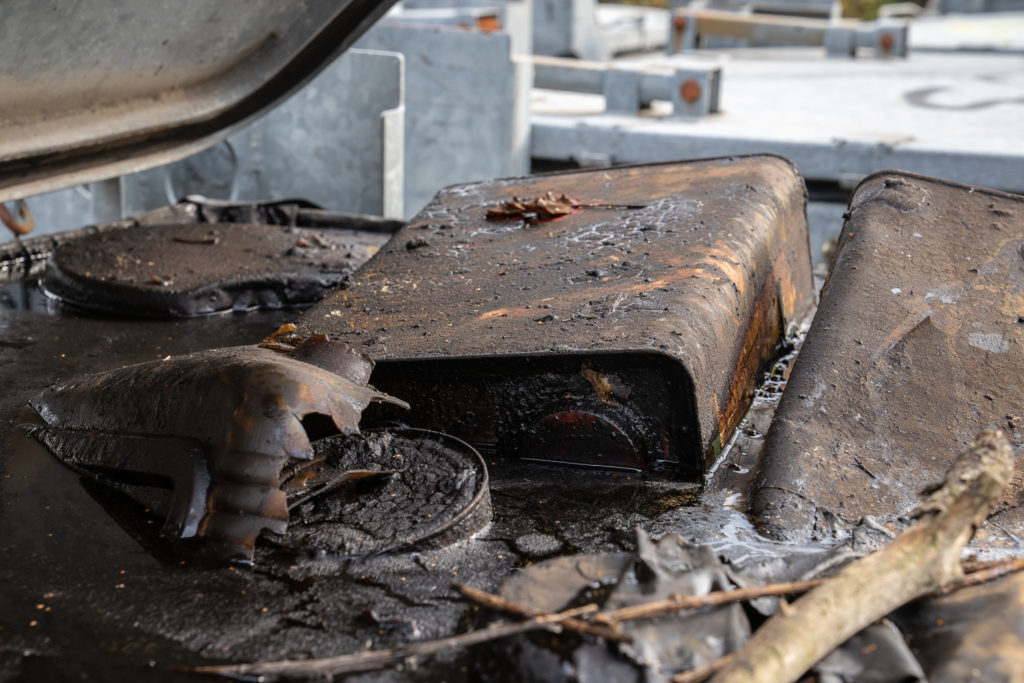
Unassigned, unpaid advertising. The article contains affiliate links.
Disclaimer: Entering lost places can be dangerous. This article is not a recommendation for action but has a purely informative character. No liability is assumed..
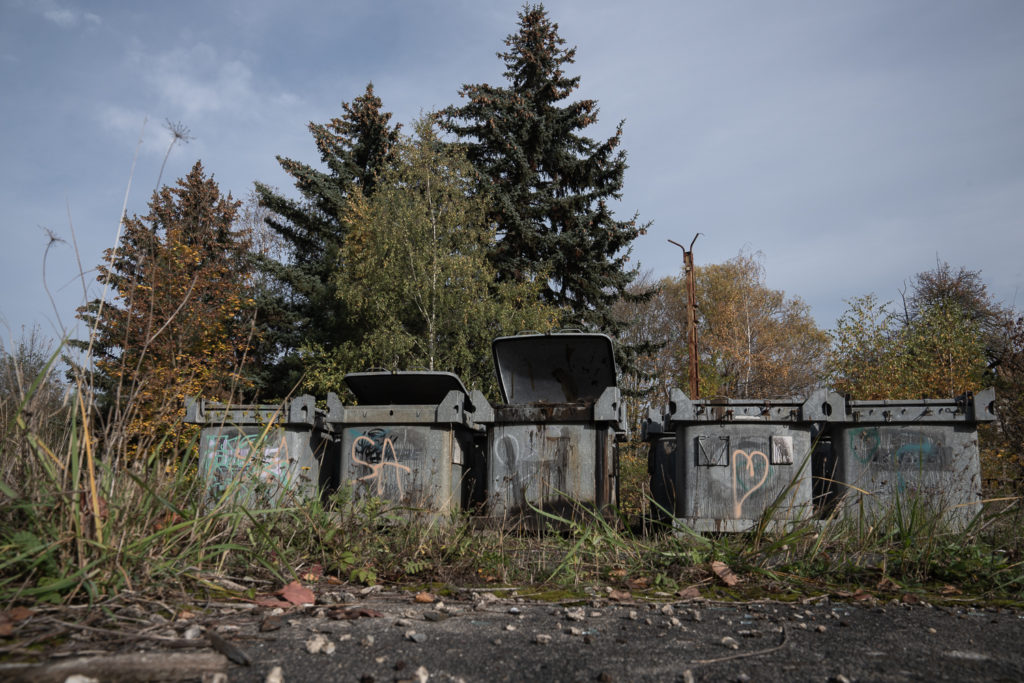
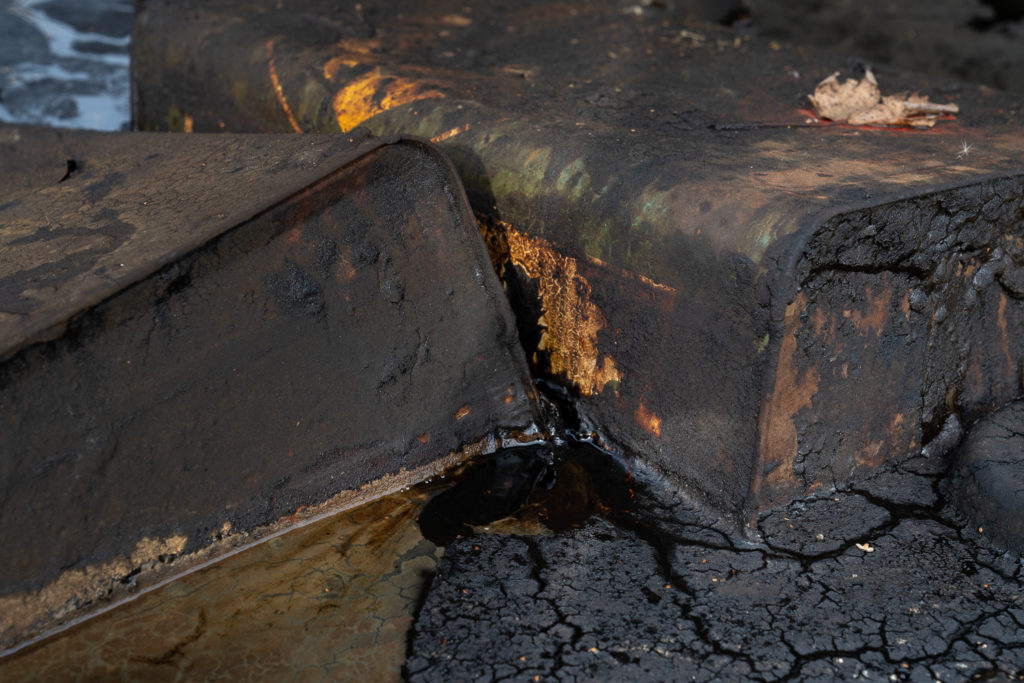
Once upon a time... Glory and splendor at the Haidemühl glassworks
The first glassworks in Haidemühl was built in 1835 by the glass manufacturer Greiner. Here hollow glasses, lampshades, and perfume glasses were produced. Several changes of owners followed, bankruptcy, reconstruction, cessation of operations due to the war, and finally modernization in the 1960s. At that time, the Haidemühl glassworks was considered one of the most modern plants in the GDR. Around 1280 people had their jobs here. Only here were the 0.5-liter milk bottles produced from 1971 on, which were on almost every breakfast table at that time. They were even exported to the West. Around 345,000 bottles are said to have rolled off the production line here every day.
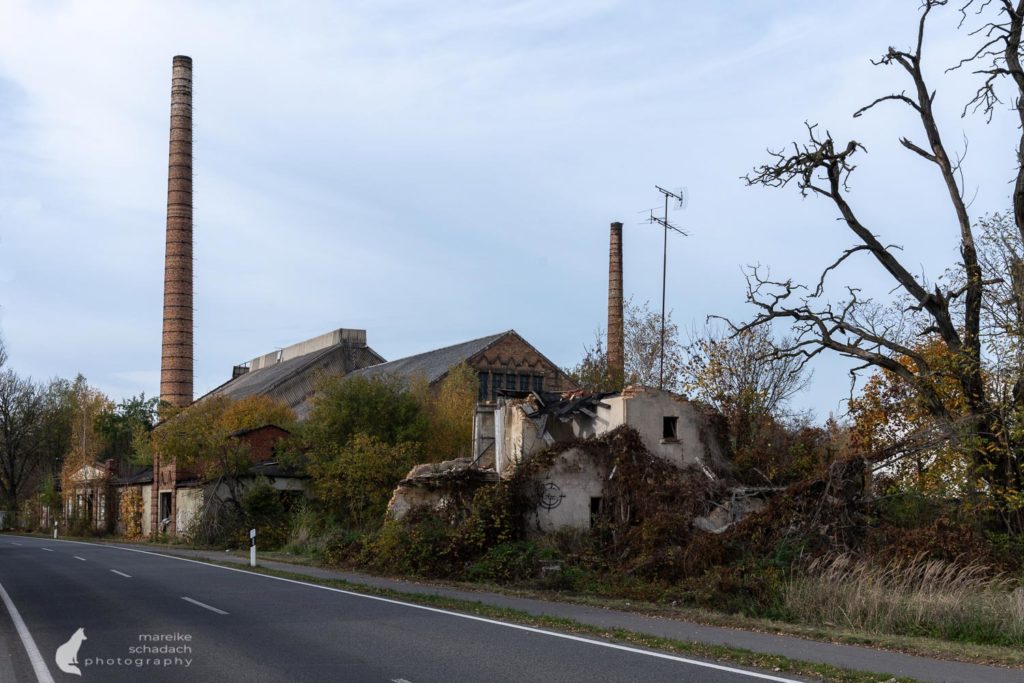
After reunification, the Treuhand took over the plant and sold it to an investor from the West. However, nothing was invested here. On the contrary, the machines were sold and production was stopped shortly after, in 1992. The fate of the glassworks was not an isolated case at that time. Many companies in the former GDR suffered a similar fate. And many of them did not clean up their act, leaving contaminated sites and waste in place. Environmental scandals were often only uncovered many years later.
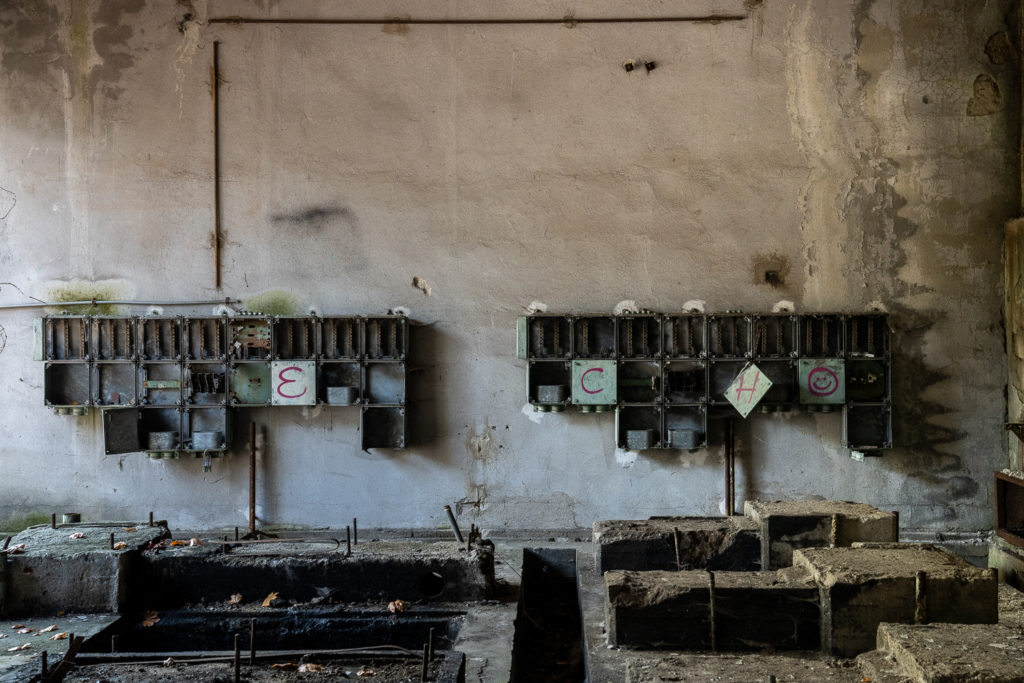

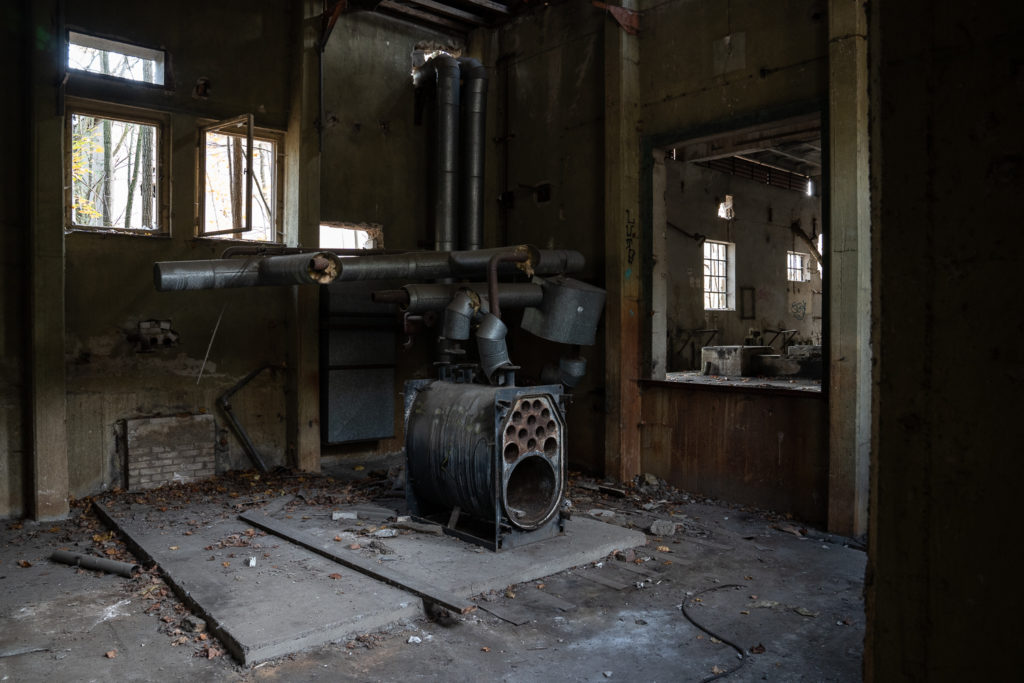
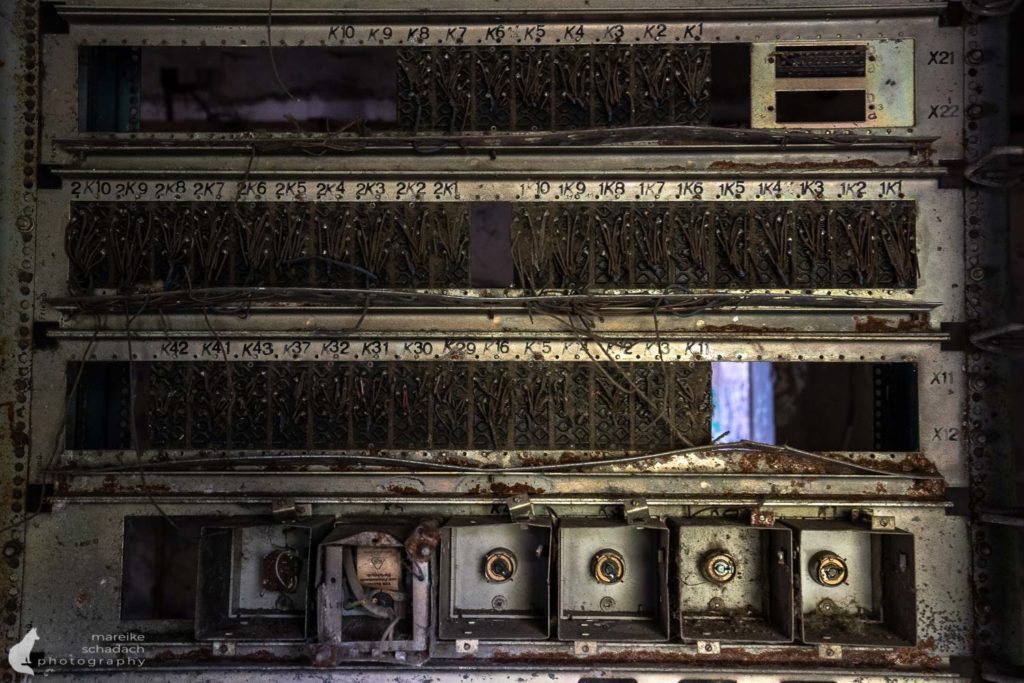
Birch Trees and Tons of Potassium Carbonate
I continue walking and come to a large hall. The birch trees have already taken root here. They are not choosy, they grow as pioneer plants almost everywhere. Under the leaky roof of the hall, countless bags of potassium carbonate from Taiwan (Taiwan Pulp & Paper Co.) and South Korea (Korea Potassium Chemical Co. Ltd.) are piled up. Each container holds 1,000 kilograms. Many have burst open over time and the powder is spread across the floor of the hall. Where the hall roof has collapsed, moss is growing on the white powder. Next to it lie holey bags full of broken glass. No, the birch trees are really not picky.
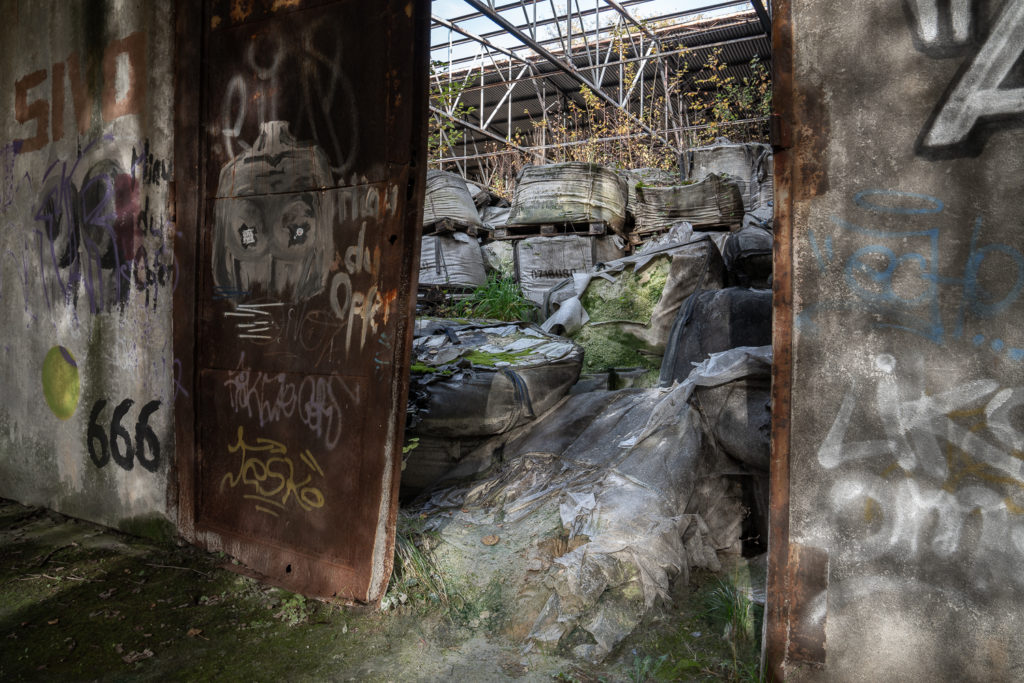
On the walls of the warehouse, a few colorful graffiti bring color and cheerfulness to the gray drabness of the glassworks. I hope the sprayers didn't inhale any powder dust. Because potassium carbonate can cause severe irritation of the respiratory tract. The eyes are also attacked by the corrosive dust. The safety data sheets advise wearing gloves and a respiratory mask when working with potassium carbonate.
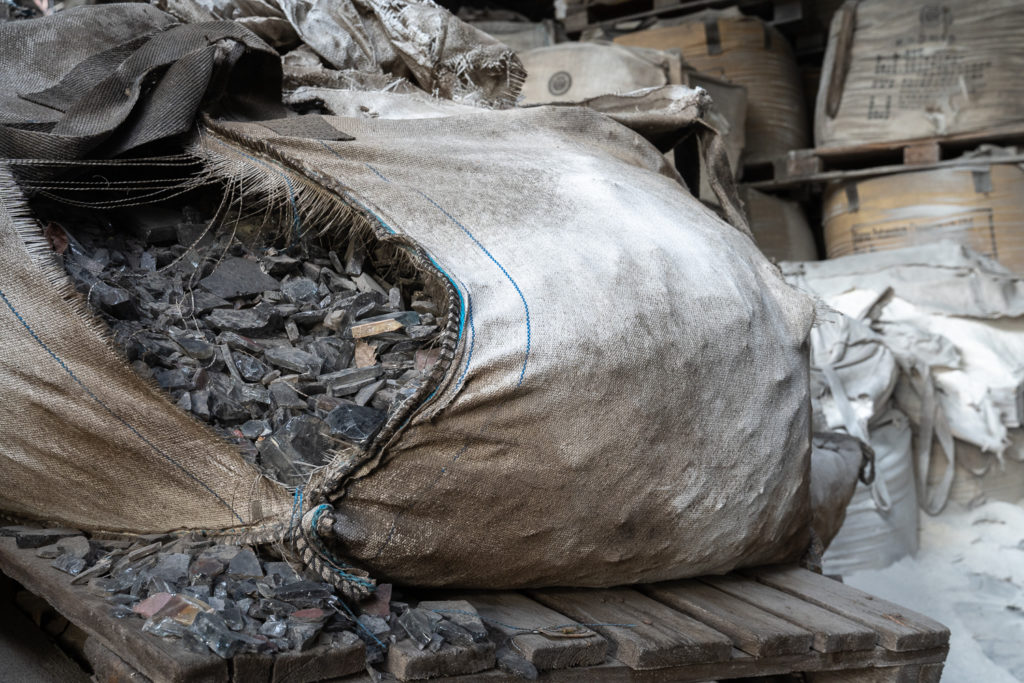
Potassium carbonate - use and effect
Potassium carbonate is also known as potash. As a leavening agent, it is a traditional ingredient, especially for Christmas cookies. Here at the Haidemühl glassworks, it was used as a flux in glass production. With the help of the flux, the melting temperatures of burnt lime (2500 °C) and quartz sand (1700 - 2000 °C) are reduced to around 1450 °C, the normal operating temperature in the glass furnace, thus saving energy.
Potassium carbonate can be corrosive in contact with the skin. Safety data sheets warn of severe skin, eye, and respiratory irritation in humans. The same probably applies to the mucous membranes of animals that venture too close.

The powder should be stored in tightly closed containers in a dry place. It must be prevented from entering the sewage system, surface and groundwater, and soil. Potassium carbonate is very soluble in water. The solution reacts alkaline by forming hydroxide ions. No ecotoxicological effects are known from potassium carbonate itself. Biological effects are mainly caused by the increase in the pH value in the water. This is because pH is a very important regulator of chemical and biological processes. Strongly acidic and alkaline conditions can have toxic effects on organisms. For example, an excessively high pH value can convert ammonium present in the water into ammonia, which is toxic to fish.

Nothing is happening
UPDATE, Nov. 2023: The site has now been fenced off and the steel containers in the entrance area have been removed.
But why are the contaminated sites at the Haidemühl glassworks still gathering dust after 30 years?
A year after the Haidemühl glassworks ceased operations, it was decided that the factory site and the surrounding settlement should make way for open-cast lignite mining. The inhabitants of the settlement were relocated long ago. LEAG, which operates the Welzow-Süd open-pit lignite mine and also wants to mine lignite here, has not yet been able to complete the purchase. Depending on the source, the reason is unclear ownership or different ideas about the purchase price.
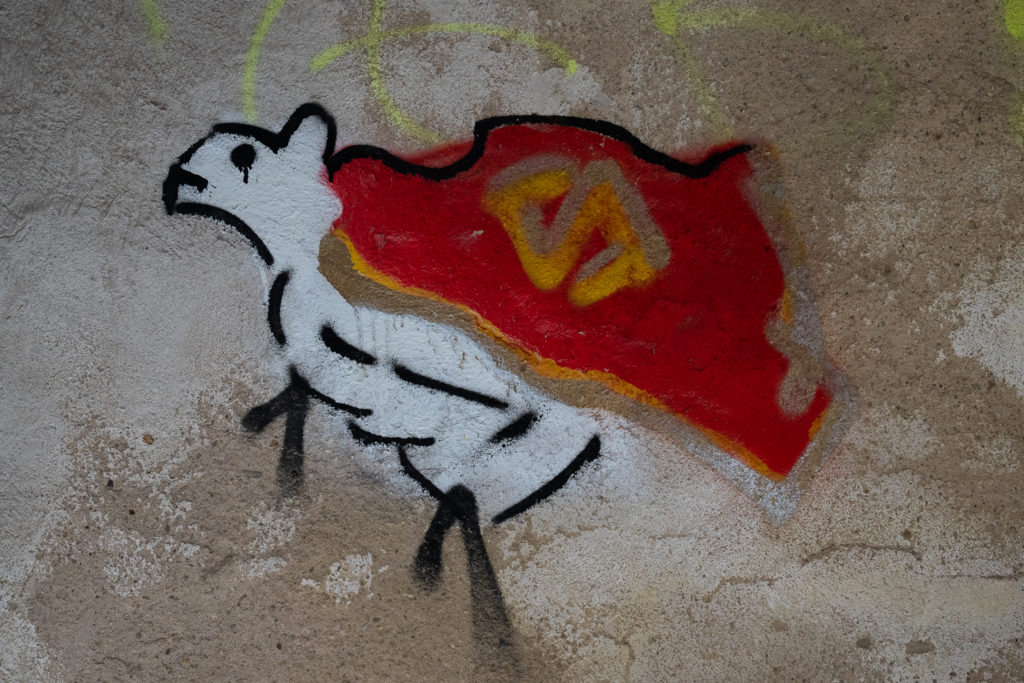
For the municipality of Welzow, the property has long been an abomination. In response to my inquiry, the mayor assured me that the municipality "has been doing everything in its power for years to eliminate these desolate conditions, which are difficult to accept. We are in constant exchange with all parties involved. The mining company is struggling to find a solution that will hopefully lead to a proper and professional disposal of the contaminated sites in the next few years."
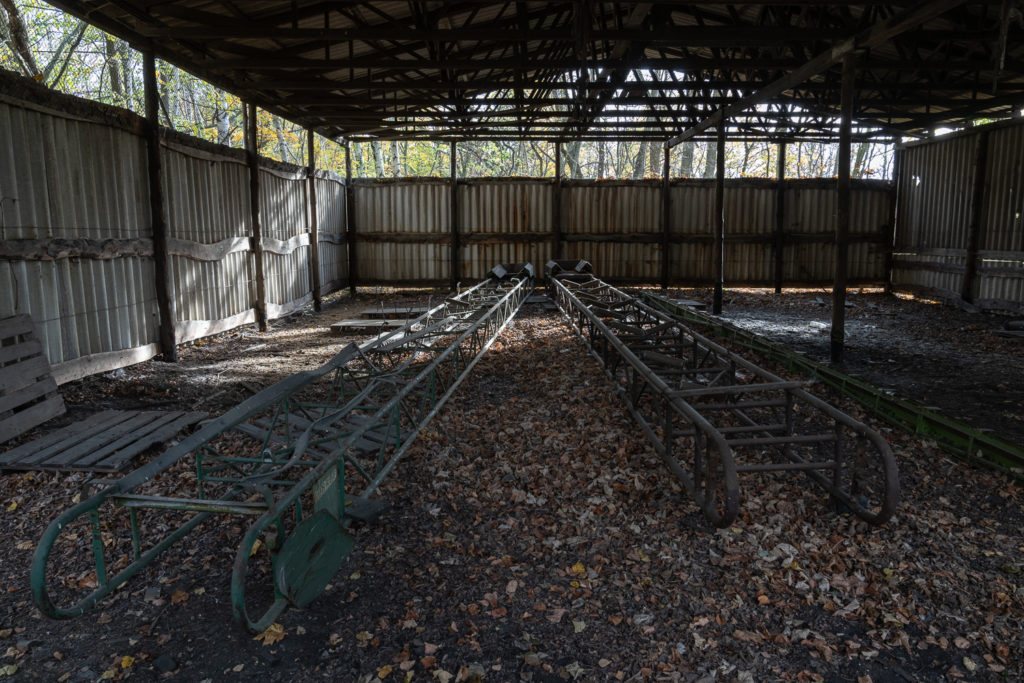
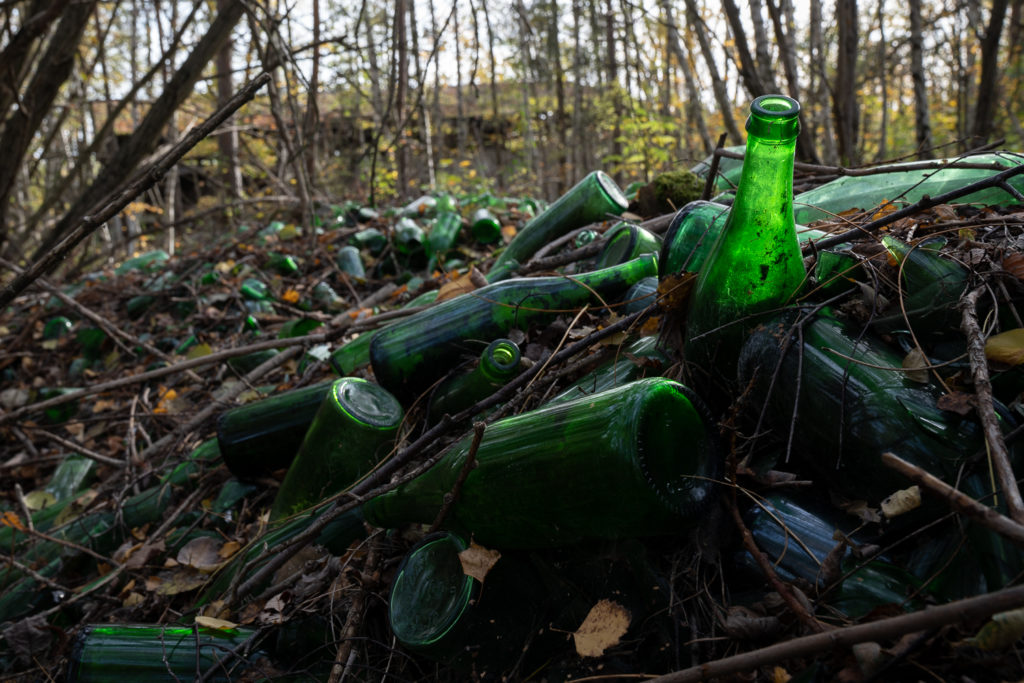
Between the halls, the trees have already reached a stately size after 30 years. It doesn't seem to bother them that their roots have to find their way between broken glass. The glass bottles still glow after 30 years when the sun shines on them. Most of them are green. Only now and then do I see transparent glass bottles. Moss grows inside them, slowly but surely turning them green.
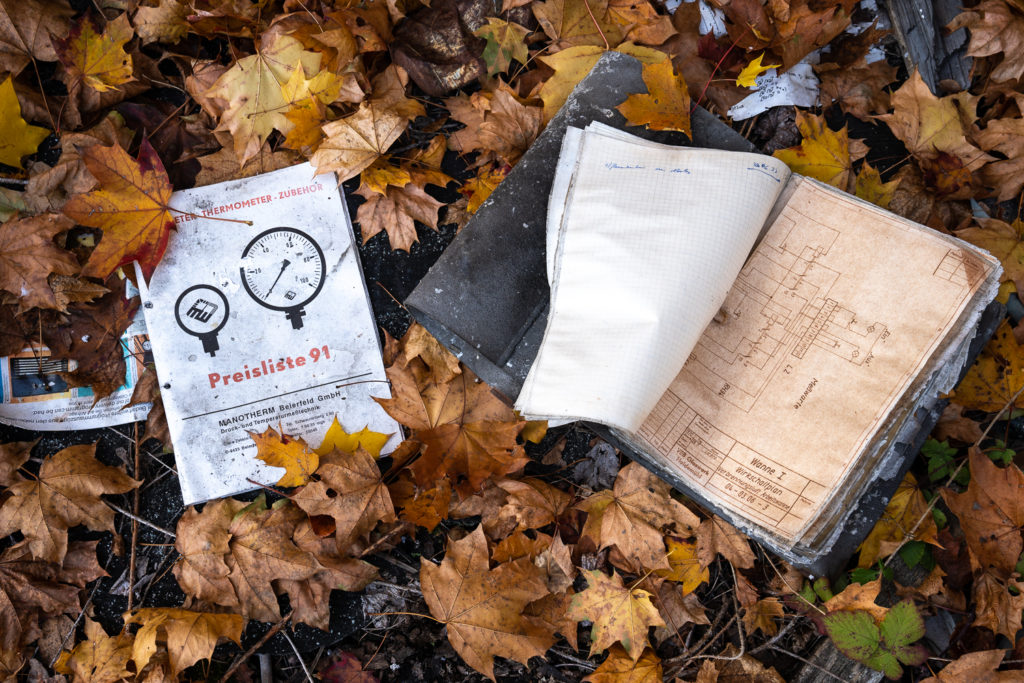
Book Recommendations for Lost Places and abandoned Places in Berlin and worldwide
You want to discover more Lost Places? Then I have three book recommendations for you. You can order the books with a click on the pictures at Amazon. If you buy a book or another article via an affiliate link, I get a small commission and you help me to keep filling Fernweh-Motive with interesting articles. The product will not be more expensive for you.
Do you have any comments or suggestions about my article? If yes, then write me a comment!
Do you want to know when there are new articles on my blog? Then follow me on Facebook, Pinterest or Instagram. I would also be very happy if you share my article with your friends.
Recommendations for further Reading
Do you love abandoned places as much as I do? Then take a look at my two articles below:




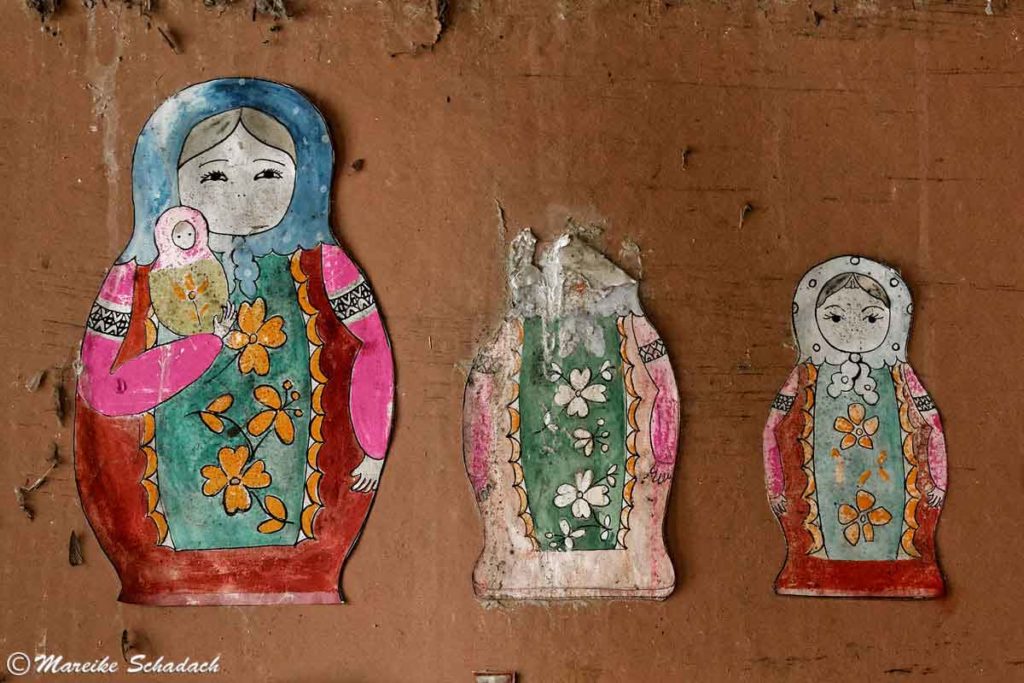
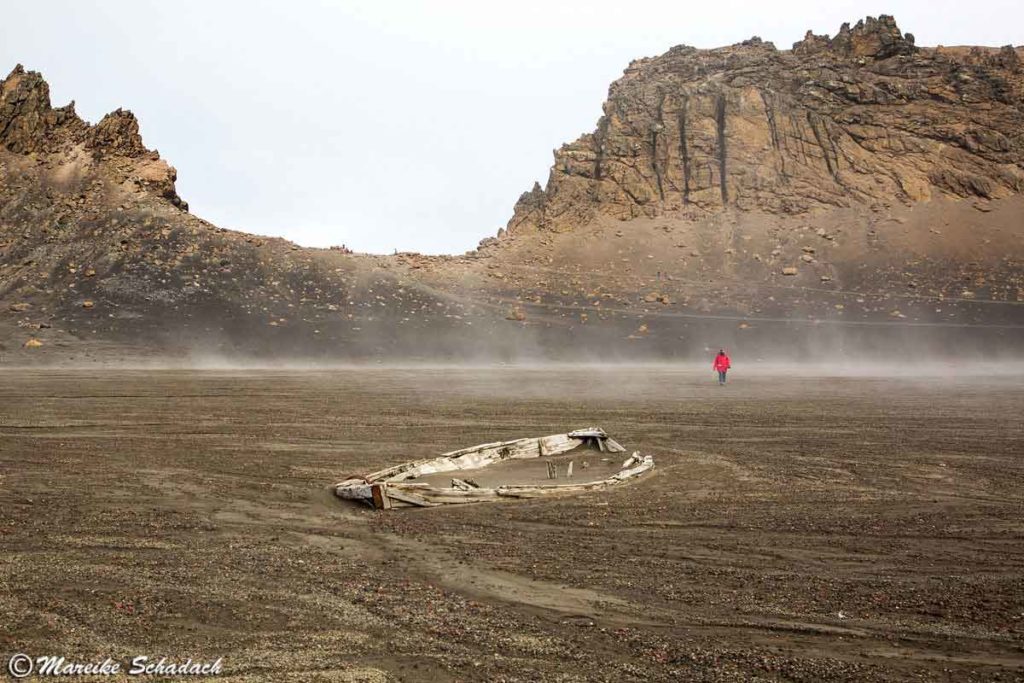

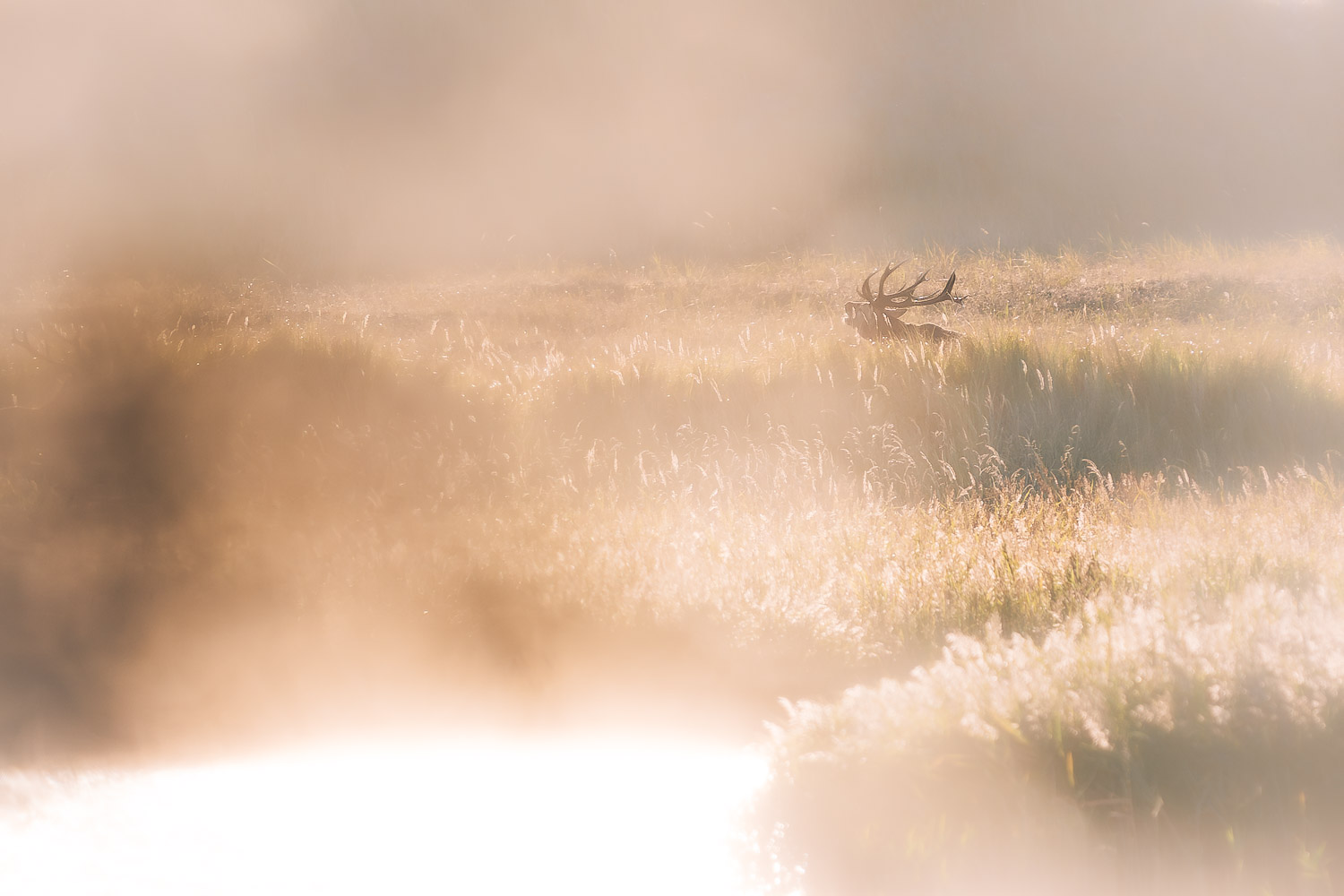



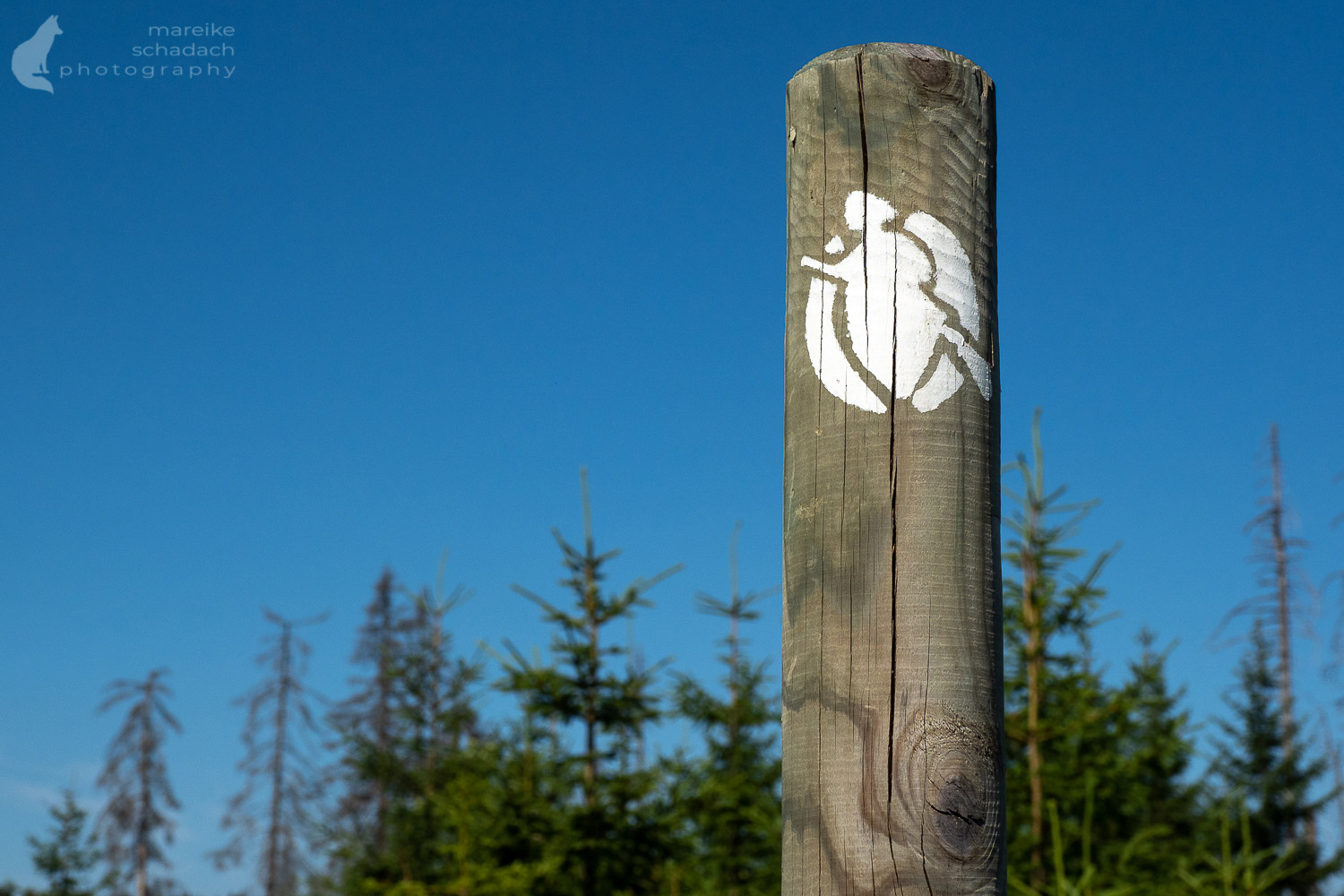
Hallochen,
vorgestern, 24.9.23, war ich in Haidemühl um dort einige Luftaufnahmen zu erstellen.
Mein vorheriger Besuch innerhalb des Geländes war 03-2017.
Mittlerweile ist das Gelände komplett eingezäunt. Beide Seiten der Straße. Die Natur hat sich das Gebiet zurück erobert. Der Tagebau ist nur wenige hindert Meter von dem Gelände entfernt, man sieht es von oben sehr gut.
Gut Licht und immer volle Akkus, Gruß Ingo.
Hallo Ingo, vielen Dank für die Info! Grüße, Mareike
Hallo Mareike,
dem Beitrag von Ingo ist nur wenig zuzufügen; Absperrungen sind vorhnden, aber wo Absperrungen, da auch “Löcher”; zusätzlich dazu sind jetzt vielfach Elektrozäune installiert (und in Bertrieb!), um eine weitere Ausbreitung der Schweinepest durch Wildtiere zu verhindern. Das sollte man auch akzeptieren. Kaliumcarbonat ist mir durchaus bekannt (wurde früher auch in der Analogfotografie als Laborchemikalie mit entsprechenden Hinweisen verwendet) und ich kann die Warnhinweise nur dringend unterstützen, das gilt im Grunde für nahezu jedes Lost Place; 30 Jahre Stillstand, Wandalismus, Altlasten und Natur sorgen durchaus für Gefahren, unberechenbare Untergründe, Decken und Dächer.
Mehr als 5 Jahre zuvor habe ich die Gegend um Welzow “bereist” und war auch in der Glashütte, mein letzter Besuch war nun, mehr unbeabsichtigt, am 1. Oktober 2023, und selbst die vier Stunden in der Glashütte und Siedlung waren zu wenig für eine umfangreiche Dokumentation. Wer sich vielleicht nach solchen Lost Places mehr für das Herstellen von Glas interessiert, dem empfehle ich den Besuch des Museumsortes Glashütte bei Baruth, von der Anlage her mit Wohnumfeld wie Glashütte Haidemühl, nur wesentlich kleiner, aber älter.
In meiner Glassammlung befinden sich auch einige Objekte aus Haidemühl mit dem markanten Firmenlogo, nicht nur Milchflaschen. Das Firmenlogo ist übrigens bei diffusem Licht strassenseitig im Giebelfeld der alten Zugangsgebäude noch zu erkennen.
Alles Gute, herzliche Grüße, Peter
Hallo Peter,
ganz lieben Dank für dein Update zu der Glashütte. Es hat mich damals sehr erstaunt, dass alles so zugänglich war und dass die Chemikalien da noch immer vor sich hinrotten. Jetzt wird anscheinend langsam was getan. Ich werde auf jeden Fall bei Gelegenheit vorbeischauen und die Veränderung verfolgen…und um das Firmenloge zu suchen. Das habe ich beim letzten Mal nicht entdeckt. Danke auch noch für den Tipp mit der Glashütte bei Baruth, die behalte ich auf jeden Fall im Hinterkopf und werde sie besuchen, wenn ich in der Gegend bin.
Alles Gute und liebe Grüße, Mareike
Hallo Mareike,
hier ein gering verspäteter Gruß aus Haidemühl; ich war dort , um noch mal einen Rundgang zu machen (Ergänzungsfotos, Details…). Gravierende Änderungen gabs nicht, lediglich die Bäume haben ihr Laub verloren und geben mehr Sicht auf die Gebäude frei. Doch, es gibt sogar etwas Positives, die Stahlcontainer mit der nichtidentifizierbaren Pampe sind verschwunden, immerhin. Haidemühl war diesmal nur eine Zwischenstation auf dem Weg nach Weisswasser zum dortigen Glasmuseum; ganz nett, informativ und überschaubar.
Liebe Grüße, Peter
Hej Peter,
na, das ist doch schonmal ein Anfang…wer weiß, was da alles für ein Zeug drin war. Vielen Dank für die Info. Mal schaun, wann ich da mal wieder vorbei komme. Aber dann schau ich auf jeden Fall mal, ob es weiter gegangen ist mit dem Aufräumen.
Liebe Grüße
Mareike